How a Humidifier Works: A Simple Guide to Humidifying Homes
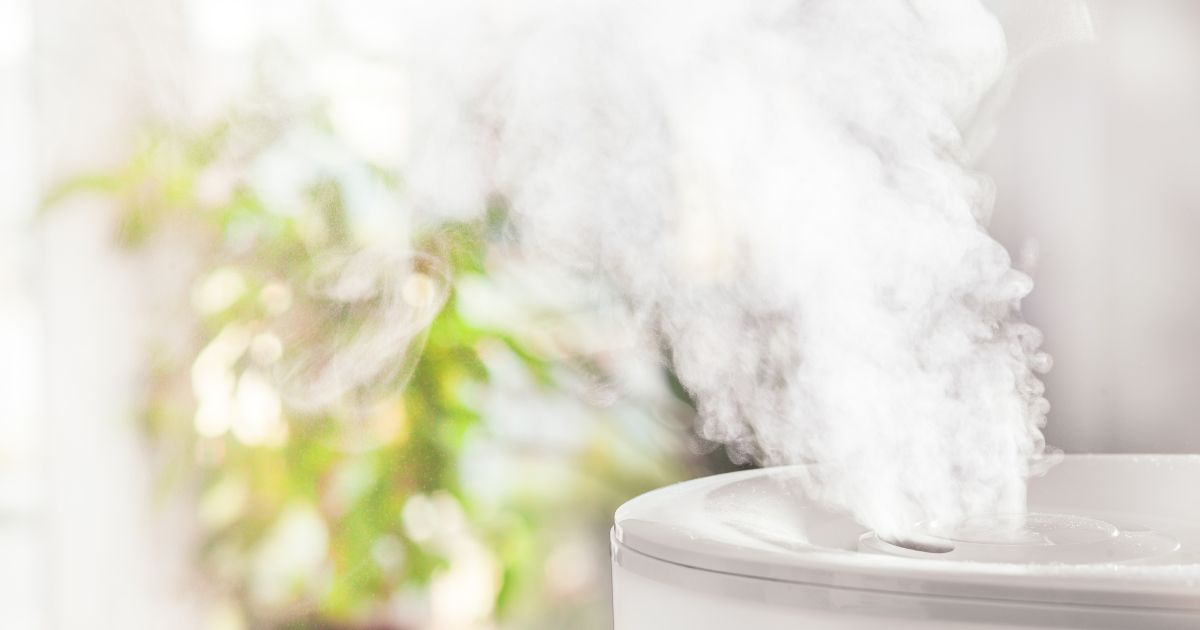
If you’re struggling to understand the differences between humidifiers, diffusers, dehumidifiers, and air purifiers – you’re not alone.
A quick search online will bring you to hundreds of products and a range of brands like Honeywell, Homedics, Crane, Dyson, Vornado and Vicks (plus many more).
Then there’s the different models like cool mist humidifiers, warm mist humidifiers, ultrasonic humidifiers, humidifier and air purifier combos and those that can disperse essential oils, scents and inhalants (like the vicks humidifier inhalant).
Not to mention a lack of clear information like, when should you use a humidifier? The relationship between a humidifier and asthma, or a simple explanation of humidifier benefits. And probably the first question one should ask – how do you know if you need a humidifier? Not every household does.
I’m going to break this down into topics to make it easier to read, process and choose a humidifier that best suits your needs. Starting with exploring the basics of humidifers. Let’s get started:
What is a Humidifier?
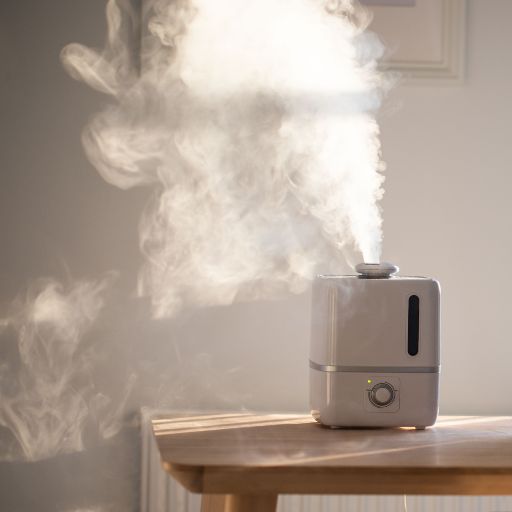
A humidifier contains a water reservoir, which you fill with distilled water. Depending on the type of humidifier, this water will be turned into either a warm mist using steam or a cool mist using a fan or vibration.
The humidifier disperses the mist, which contains tiny water droplets, into the air, thus, increasing the relative humidity in your home.
Recommended Indoor Humidity Levels
When we talk about humidity, it refers to the amount of moisture, or water, in the air. The figure is expressed as a percentage based on the amount of water the air holds.
The Consumer Product Safety Commission recommends 30-50% humidity inside your home.
Too low humidity can cause the following:
- Dry skin, eyes, throat, lips, and respiratory system, including bloody noses
- An increase in static electricity
- Movement and cracking of timber furniture, flooring, and structures
The Environmental Protection Agency confirms a level of humidity greater than 60% can contribute to the growth of mold in your home.
So it can be a delicate balance getting the relative humidity right in your home. Luckily, some humidifiers have built-in humidistats and hygrometers to maintain moisture without adding too much humidity to your home.
Benefits of a Humidifier
Humidifiers have many benefits, particularly when used in dry climates and winter months. From easing congestion, to helping with dry winter skin, to benefiting your computer, electrical equipment and indoor plants. When used correctly, humidifiers can work wonders for everyone in your household, even your pets.
For more information, take a look at the following articles:
Types of Humidifiers
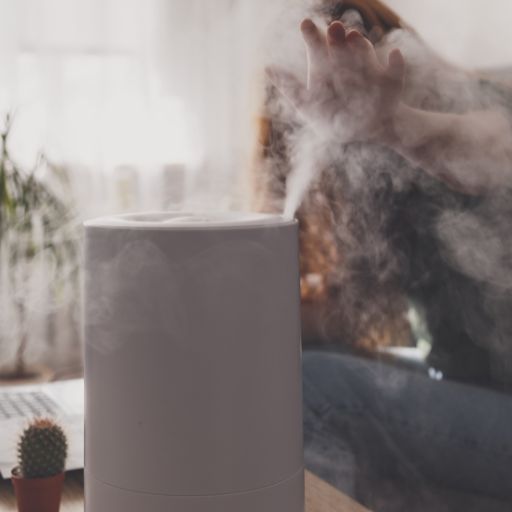
Portable humidifiers are an excellent choice for renters or if you want to move your humidifier from one room to another. Here are the different types of mobile machines for humidification:
Evaporative Humidifiers
An evaporative humidifier has a wick filter and a fan. The wick filter absorbs water, and the fan helps distribute moisture throughout the room. They’re automatic, so they’ll regulate themselves by putting out just enough water for your needs. As humidity increases, less water vapor will be able to escape into the atmosphere, maintaining a constant relative humidity.
An evaporative humidifier can be a room size portable machine, or a larger whole home humidifier. There are ongoing costs associated with purchasing replacement wicks (prices vary from $15-$25). How often you need to replace the wicks depends on how often you run the humidifier.
An evaporative humidifier is a simple way to add moisture to your air. Some models claim they produce no mist. They are safe for use around children and pets, as they do not make any heat or steam.
Learn more about the best evaporative humidifiers here.
Ultrasonic Humidifiers
An ultrasonic humidifier uses a metal or ceramic diaphragm that vibrates at a high frequency against the water. The human ear can’t hear these vibrations, hence the name ultrasonic. You may also find these referred to as impeller humidifiers.
The vibrations create tiny droplets of water, which are then expelled into the air via a mist. Depending on the humidifier you choose, this can either be warm or cool. The fog is evaporated into the air, increasing humidity.
Ultrasonic humidifiers are widely available and inexpensive. Frequent cleaning is a must, however. Many people use tap water in their humidifiers, which can lead to minerals being expelled into the air. You may notice this as white dust-like powder around your humidifier or on your furniture.
Along with mineral deposits, ultrasonic humidifiers are prone to mold build-up in their water tank. Using distilled water instead of tap water will reduce the need for daily cleaning.
Ultrasonic humidifiers have minimal ongoing costs. There are no filters to buy, and they don’t use much electricity.
If you have pets in your home, consider whether an ultrasonic humidifier may affect them. Even though humans can’t hear the high-frequency vibrations, pets may be able to, and it may cause them discomfort.
Steam Vaporizers
A portable steam vaporizer (also known as a steam humidifier) usually allows you to add inhalants, making them a popular choice during Winter to help with cold and flu symptoms.
Water is boiled in the tank to produce the steam vapor. Care needs to be taken when using around children or pets as there is a burns risk for both.
Warm Mist Humidifiers
Like steam vaporizers, warm mist humidifiers boil the water before releasing the vapor as steam. Unlike evaporative humidifiers, they don’t use an internal fan, making them relatively quiet when operating.
Warm mist humidifiers are most suitable for smaller spaces. They have the added benefit of killing any bacteria in the water through boiling.
Cool Mist Humidifiers
Cool mist humidifiers are the most popular choice on the market and are generally also ultrasonic humidifiers. They don’t use any filter, so it is essential to clean the unit regularly and only use distilled water.
Whole House Humidifiers (aka Central Humidifiers)
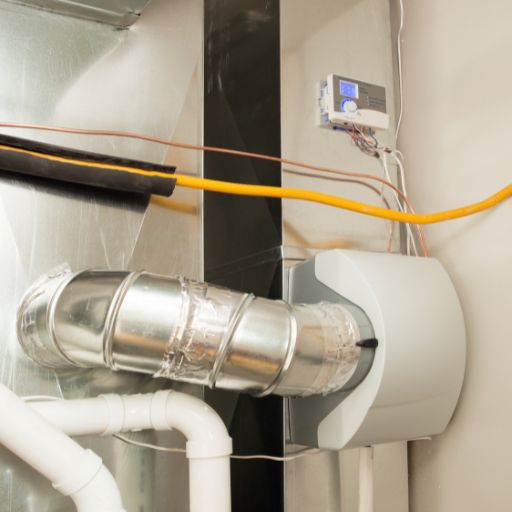
Furnace Humidifiers
A whole-house humidifier is installed directly into your furnace heating system and ducting. These are known as bypass humidifiers and are also a form of evaporative humidifier. It is also connected to your home’s plumbing system. As your furnace heats your home, water passes through the humidifier to create heated, moist indoor airflow to keep the humidity level high throughout the house.
Fan Powered Humidifiers
Fan powered humidifiers also use your furnace, which draws hot air into the humidifier. You generally don’t need extra ducting when using a fan powered humidifier.
Steam Humidifiers
Steam humidifiers are the top of the line choice for humidifying your whole home. They work by boiling water to create steam, which is then pushed into the ventilation system. Steam humidifiers can run independently of your furnace system, so you don’t need to have the furnace running to increase the humidity in your home.
Steam humidifiers generally have ongoing annual costs, such as canister replacement.
Measuring Indoor Humidity
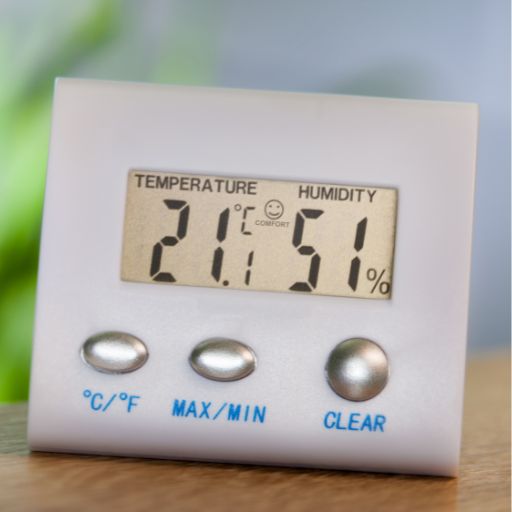
To keep track of the relative humidity in your home, you’ll need a hygrometer. This is an inexpensive device with a sensor that measures the temperature and relative humidity in an area of your home.
Some humidifiers also have these built into them, measuring the humidity and controlling the moisture output accordingly. If you haven’t yet purchased a humidifier, look for one that can measure the relative humidity and adjust the moisture output to suit the levels in your home.
Choosing the Right Size Humidifier
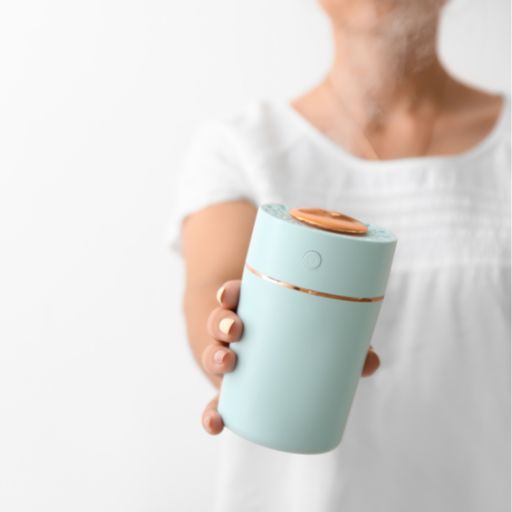
Sizes of humidifiers range from a tiny handheld you can place on your desk or bedside table, to a larger console style to humidify large open rooms – and everything in between. If you choose a humidifier that is too small for your space, you are unlikely to see any difference, or get any benefits.
But bigger isn’t always better when it comes to home humidification.
You can increase the humidity of a room too much, which comes with it’s own set of problems, such as condensation, mold growth, humidifier sickness and more.
Learn more about humidifier sizing here:
Regardless of the type of humidifier you decide on for your home, all will require maintenance. For safety, please always use distilled water in your humidifier. This is not only better for your health, but also better for your humidification system as well.
- Can You Use a Steam Mop On Karndean Flooring? - June 19, 2024
- How To Clean Unsealed Concrete Floors - June 7, 2024
- How to Clean Stamped Concrete - June 7, 2024

